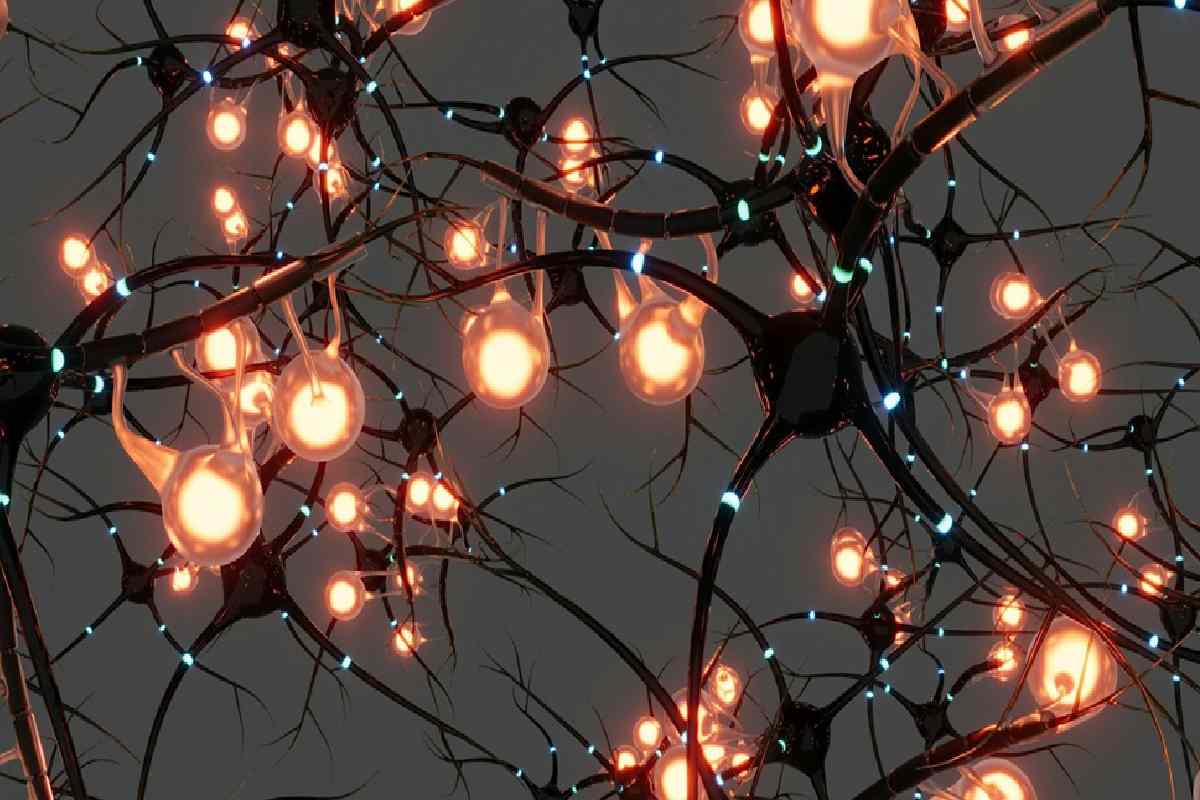Neuroscience is like trying to solve the world’s toughest puzzle—figuring out the brain, one tiny drop at a time. Whether it’s studying single neurons or mapping neural networks, researchers are dealing with liquid volumes so small a sneeze could ruin everything. That’s where automated liquid handling comes in, flipping the script on brain research. These aren’t just fancy robot pipettes; they’re game-changers making labs faster, more precise, and way less stressful.
Here’s how automated liquid handling is shaking up neuroscience and why it’s a big deal for 2025.
Pinpoint Precision for Breakthroughs
Brain research is all about nailing the details. Working with micro- or nanoliter volumes—like for DNA sequencing or neural cell cultures—means there’s zero room for shaky hands. Automated liquid handlers, like Tecan or Eppendorf models, hit these measurements with crazy accuracy, keeping errors below 1% at 5μL. That’s huge for stuff like qPCR assays or prepping brain tissue samples, where even a tiny slip can throw off your data.
I saw this magic happen at a lab studying Parkinson’s. They switched to an automated system for pipetting RNA samples, and their results got so consistent they spotted new disease markers they’d missed before. By ditching human error, these machines give you data you can trust, whether you’re digging into how neurons talk or why brains misfire.
Cleaner Samples, Sharper Science
Nothing tanks a neuroscience experiment faster than contamination. When you’re handling sensitive stuff like cerebrospinal fluid or neural cultures, one wrong drop can ruin everything. Automated systems use slick tricks like non-contact dispensing to keep samples pure as snow. This is a lifesaver for single-cell RNA sequencing, where contamination can mess up your gene data.
I.DOT systems, for instance, are known for an automated liquid handling that skips pipette tips entirely, slashing contamination risks and plastic waste. A neuro lab I know used this for studying synaptic proteins, and their cleaner samples helped them nail down insights into learning processes. Clean data means better science, and that’s how you unlock the brain’s secrets.
Cranking Up Speed for Big Wins
Neuroscience is swimming in data—think massive brain scans or neural recordings. Automated liquid handlers are like a turbo boost, letting labs process hundreds or thousands of samples at once. A GenomeWeb article raves about systems like Beckman Coulter’s Echo, which cut next-generation sequencing (NGS) prep from days to hours. For brain research, that means zooming through gene expression studies or screening drugs for Alzheimer’s way faster.
A buddy’s lab used an automated handler for high-throughput testing on neural cells. They went from poking at a dozen compounds a week to blasting through hundreds, speeding up their search for new treatments. That kind of speed lets you tackle big questions—like how memories form—without getting stuck in pipetting purgatory.
More Time for the Fun Stuff
Hand-pipetting is a soul-sucking slog—hours of repetitive wrist-flicking that leave you wiped. Automated liquid handlers take over the boring bits, freeing up researchers to focus on the good stuff: designing experiments and digging into data. Systems like Myra from Bio Molecular Systems can whip through complex tasks like NGS prep or qPCR setup with one click, saving you hours.
I chatted with a neuroscientist who used to lose half her day pipetting for cell assays. After getting an automated system, she had time to geek out on data analysis, spotting new patterns in neural activity. By cutting the grunt work, these machines let brain researchers do what they love—pushing science forward.
Scaling Smart on a Budget
Neuroscience labs often scrape by on tight budgets, but automated liquid handlers are more doable than you’d think. High-end systems might run $50,000-$250,000, but smaller setups like BioSistemika’s PlatR are wallet-friendly for modest labs. These machines grow with you, handling everything from basic molecular biology to high-volume drug screening.
A small lab I visited used a semi-automated handler for neural stem cell work. It cost way less than a full robotic setup but still tripled their output. Plus, these systems save on reagents and tips, keeping costs down long-term. For cash-strapped labs, this scalability is a total lifesaver, letting them compete with the big dogs.
Safer Labs, Happier Crews
Manual pipetting isn’t just a drag—it’s rough on your body. Repetitive strain injuries and exposure to sketchy samples, like viral vectors for gene therapy, are real risks. Automated handlers cut down on human contact with chemicals and repetitive motions, keeping lab folks safe and smiling.
A lab tech friend used to dread pipetting volatile reagents for brain tissue studies. After their lab got an automated system, she was all smiles—no more wrist aches or worrying about spills. Safer workflows mean less stress and more brainpower for cracking open the brain’s mysteries.
The Setup Hiccup
There’s a catch, but it’s small. Setting up an automated system takes some elbow grease—think programming protocols and syncing with lab gear. But modern systems, like Gilson’s PIPETMAX, come with software so user-friendly it’s practically holding your hand. Once it’s rolling, the time you save and the data you gain make it worth the initial hassle.
The Future of Brain Science
Automated liquid handling is changing the game for neuroscience. From nailing super-precise measurements to blasting through high-volume experiments, these systems are making labs faster, safer, and smarter. Whether you’re mapping neural pathways or hunting for new treatments, automation is your wingman, helping you unlock the brain’s deepest secrets one perfect drop at a time.



